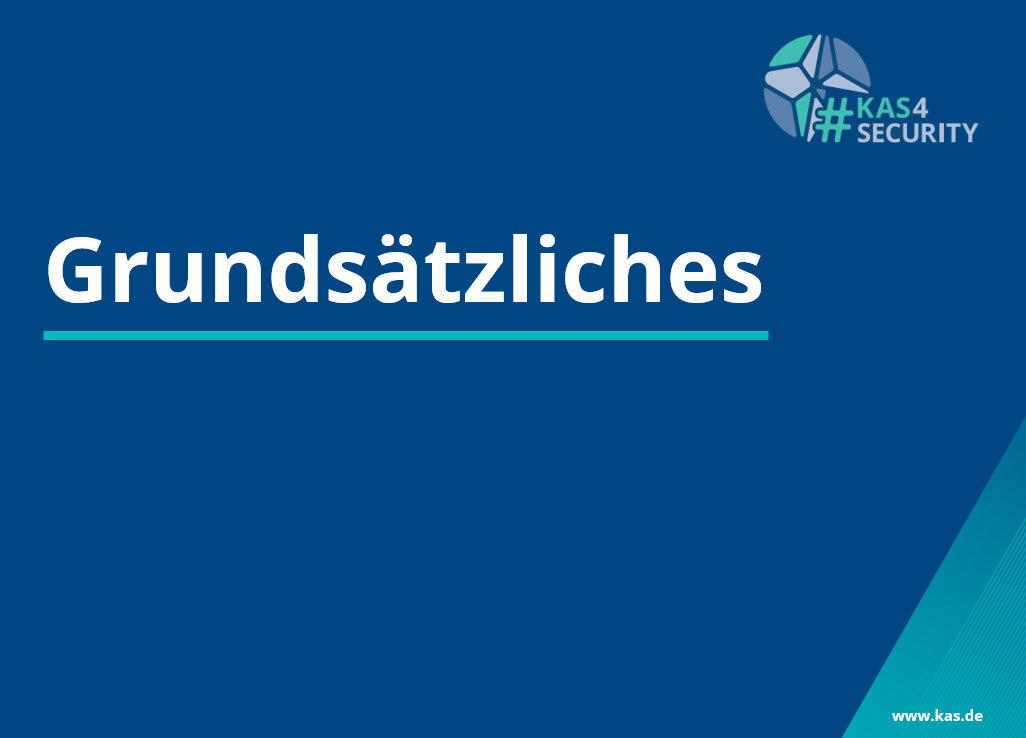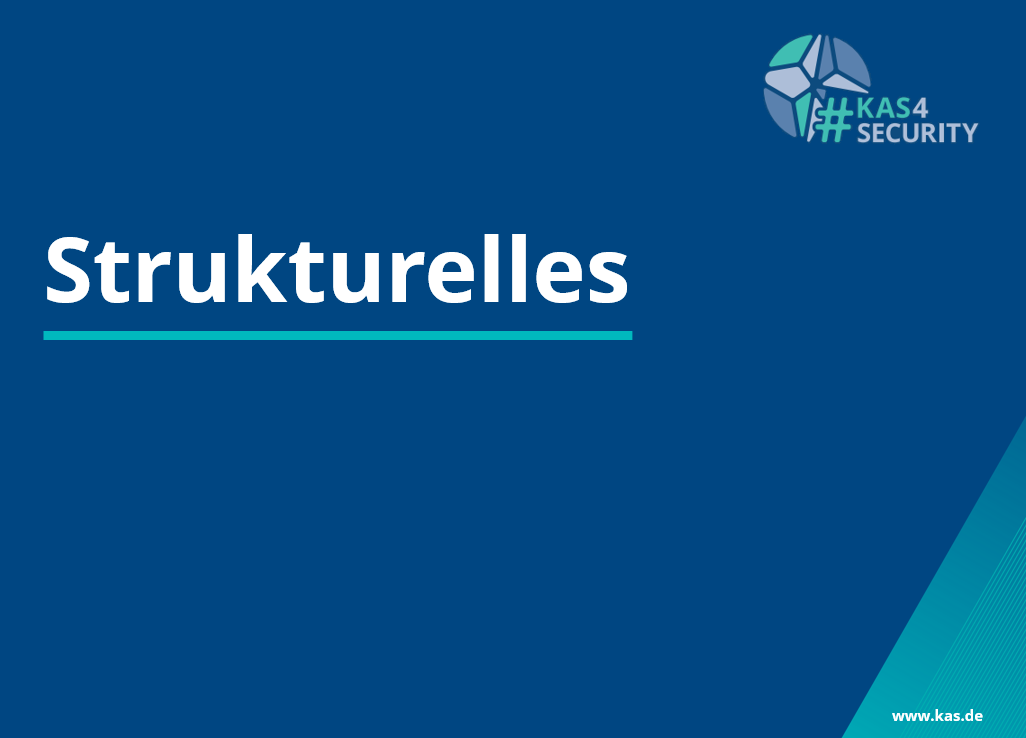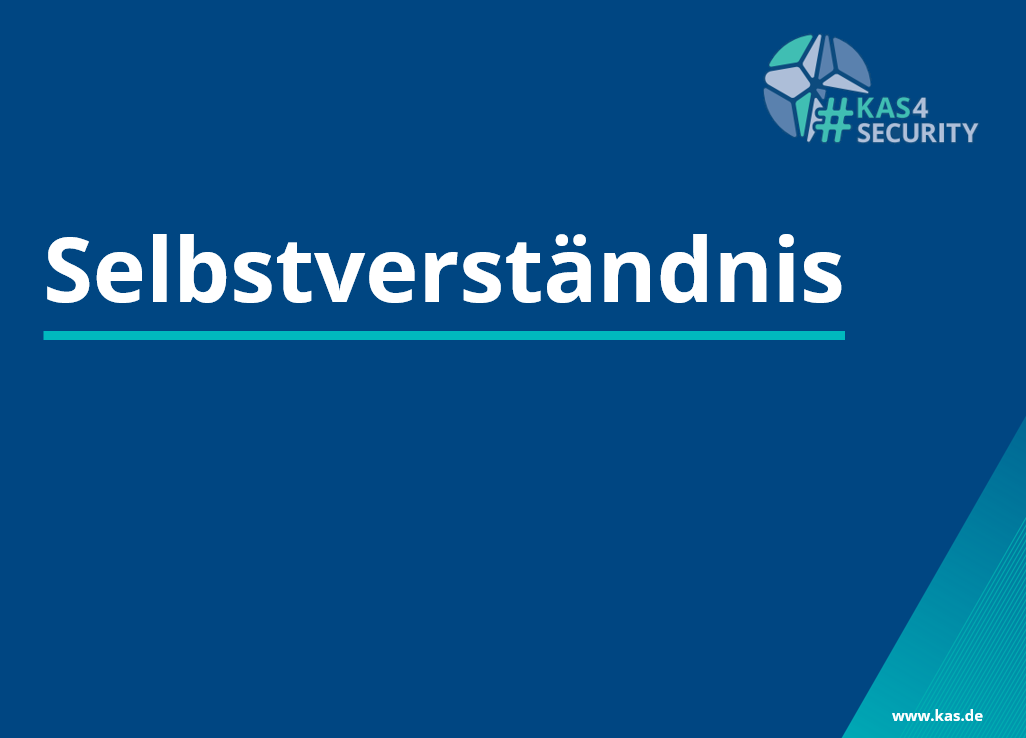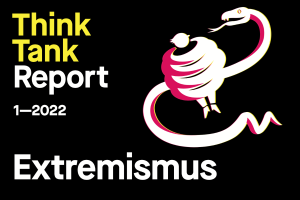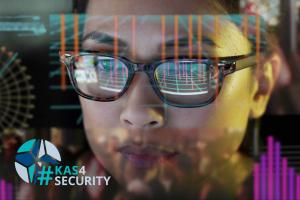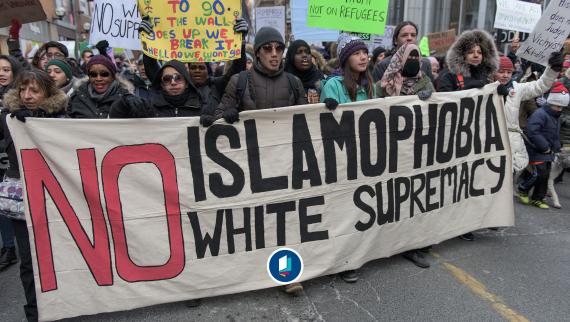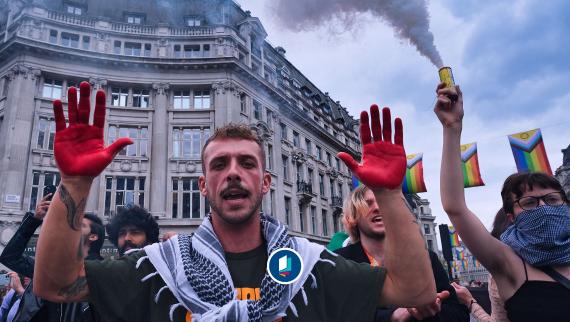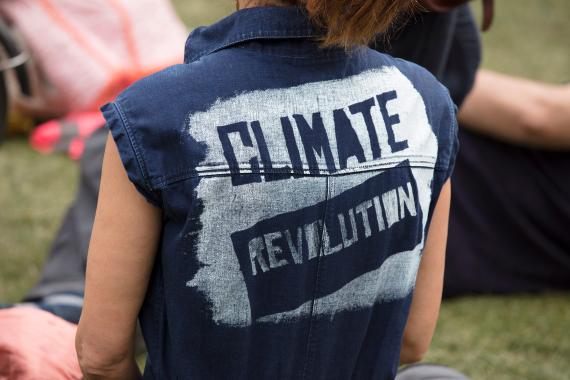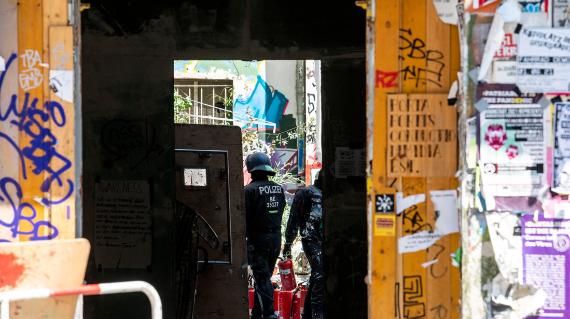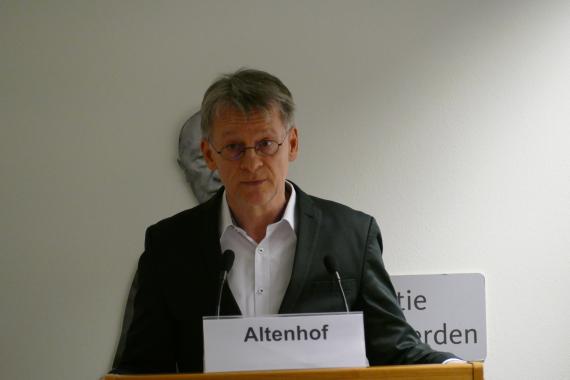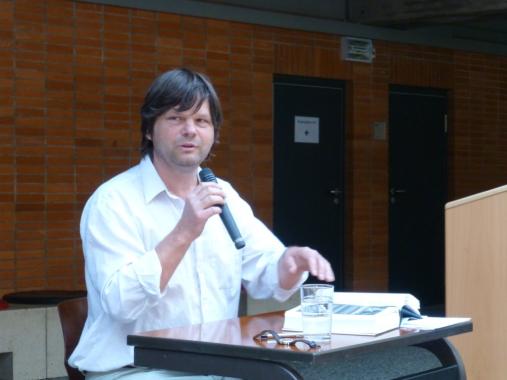Nobody shall glorify left-wing extremist violence. It needs to be decisively countered.
At a glance
- Left-wing extremism takes many forms. It is, however, united by an opposition to the existing liberal-democratic basic order and the desire for a new form of society.
- There is a high propensity towards violence in the left-wing extremist milieu and it is on the increase. Nevertheless, it is considered to be an area of phenomena with the greatest connection to mainstream society.
- Left-wing acts of violence are gradually moving back into the borderline or grey area of terrorism. That needs to be a warning signal and should be met with rejection by all democrats.
- The Konrad-Adenauer-Stiftung fundamentally opposes political extremism. We therefore promote debate on the phenomenon of left-wing extremism and play our role in preserving democracy.
Content
2. We need to fight as opposed to downplay left-wing extremism
3. Mission democracy! Us against left-wing extremism
4. Our offers and projects on the topic
5. Publications, events and media contributions on the topic
Concept and problem
Extremism researchers have often and in critical debate with opponents of comparative extremism research sought to scientifically capture the multi-layered and multifaceted phenomenon of left-wing extremism. Left-wing extremist can be seen as a collective term for those actors (parties, groups, subcultures etc.) who, in their striving for more or general equality in a society, reject or call into question essential or non-negotiable basic principles and minimum conditions of democracies and democratic constitutional states (according to Pfahl Traughber).
Left-wing extremists – just like right-wing actors, including Islamists – are outside society’s tolerance zone, and challenge our democratic society and the democratic constitutional state. What unites them is their opposition to the existing liberal democratic basic order and the desire for a new form of society. The spectrum ranges from state-centric socialist to anti-state anarchist ideas. In some cases, however, the ideological foundation only plays a subordinate role when it comes to overcoming the “ruling system”.
We need to fight as opposed to downplay left-wing extremism
Scarcely any phenomenon in public presentation and discussion is in greater danger of being seized upon by mainstream society. Although the last major terrorist acts committed by left-wing extremist actors such as the “Red Army Faction” (RAF) were a long time ago, left-wing extremists’ propensity for violence is still high and on the increase.
Damage to property is commonplace for left-wing extremist groups, in individual cases also with the acceptance of danger to life and limb. Attacks on their political opponents, bodily harm and frequent escalation of violence against the police cannot and must not be trivialised in our society either. The fact that left-wing extremist violent acts are now clearly on the borderline and in a grey area of terrorism again, needs to be a cause of concern for all democrats and must evoke corresponding rejection by society as a whole.
Dr Eckhard Jesse, political scientist emeritus from Chemnitz, succinctly summed up the necessary demarcation in a guest article for the Tagesspiegel: “Everyone should turn their backs on demonstrations displaying mummery or violence. A selective perspective is out of the question. We need an anti-extremist consensus […]”.
Mission democracy! Us against left-wing extremism
As the Konrad-Adenauer-Stiftung, we stand against all forms of extremism and align our work accordingly. In cooperation with experts, politicians, associations, organisations, and citizens, we encourage discussion on this phenomenon of left-wing extremism and play our role in preserving democracy.
Fundamentals
The “Fundamentals” chapter deals with the political term “left”. With introductory articles, we provide information on fundamental questions arising in connection with this term. What is left-wing extremism and what distinguishes it? What is communism and anarchism really about? What forms of left-wing extremism exist? We also address questions on right-wing extremists’ image of humanity or their relationship to violence as means of politics in this section.
Structural
In the “Structural” chapter, we clarify the special features of left-wing extremist milieus. How does one even become a left-wing extremist? How do left-wing extremism and terrorism relate to each other? This section will also provide relevant information about politically motivated crimes or violence against the policy by left-wing activists.
Goals
In the “Goals” chapter, the main focus is placed on the long-term objectives pursued by left-wing extremists. In this context, we discuss common questions on the design of political and economic conditions as sought by left-wing extremists, e.g. whether direct democracy can work or socialism could also be a goal for democrats.
Self-Conception
In the “Self-conception” chapter, you will find articles that deal with the role models of left-wing extremists, among other things. Who were, for example, Ernesto "Che" Guevara, Mao Tse-tung or Vladimir Ilyich Lenin? Yet, this section also provides extensive information on the GDR in its self-conception as a socialist state, as well as the “leading role of the party” closely linked to state socialism.
Communication
The “Communication” chapter is mainly dedicated to the language, slogans, symbols and forms of communication of left-wing extremists. In this context, typical scene music, left-wing sources of information and ideologically closed argumentation patterns of left-wing extremists are also addressed.
Publication projects
Democracy cannot be taken for granted. It needs to be lived, cultivated and, if necessary, actively defended – whether that be against left-wing extremist tendencies or other dangers. Our publication project on “Defensive Democracy” is devoted to the protection of our democracy, and illustrates topics such as extremism, radicalisation or populism, to name a few.
Defensive Democracy
Russia’s attack on Ukraine has catapulted the question of the defensibility of democracy to the fore of public interest. Yet, tanks and rockets are not the only threat to our free society. Our democracy is exposed to many dangers, which are addressed in our book of essays and a major campaign.
Learn more about the topic “Defensive Democracy” or go directly to the essay collection “die wehrhafte(re) Demokratie” (The (More) Defensive Democracy).
Didactic offers
With our DigitalAkademie Pupil and Teacher Academies, we present pupils and teachers with a specific offer when it comes to preventing extremism online.
DigitalAkademie
The digital world presents great challenges to teachers and pupils alike. Even though digitalisation opens up a plethora of opportunities and harbours diverse potential for new, varied or unusual methods and concepts of teaching, the internet is also a space of uncertainty, fake news and seduction.
Extremists in particular exploit the internet in order to influence young people. Within the framework of our Pupil and Teacher Academies, we warn to warn against it and raise awareness of the issue. With our services, we contribute towards extremism prevention by educating about extremists’ methods on the net, helping to recognise extremism on the net and providing teachers with the tools to confidently address incidents in the classroom.
Didactic Teaching Material for the Classroom
Our learning platform, the Adenauer Campus, offers you comprehensive teaching materials on the topic of left-wing extremism. These include worksheets, interactive graphics and various media. We cordially invite teachers, people interested in politics and pupils to use our interactive and free didactic offers.
Working group
In 2015, the Konrad-Adenauer-Stiftung established the Working Group Terrorism and Domestic Security. It sees itself as a network for experts on these issues.
Working Group Terrorism and Domestic Security
The focus of the Working Group Terrorism and Domestic Security also lies in the threat posed by Islamist, left-wing and right-wing extremism. Members of the Working Group regularly get together to exchange views on current problems and political developments and to work out solutions.
Learn more about the Working Group Terrorism and Domestic Security



